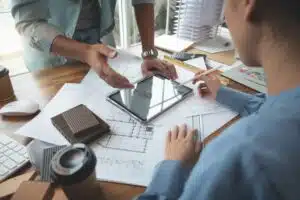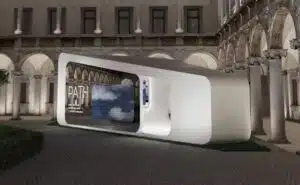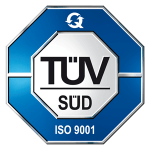We are on an island in the Denmark of the North, specifically in Læsøand it is here that one can still admire the houses with roofs made of algae.
This form of architecture is called vernacularunderstood as the "architectural language of people, composed of ethnic, regional and local dialects".a microcosm of the life and culture of a particular place. On the island of Læsø, seaweed was collected on the beach and used for roof construction.
Famous in the Middle Ages for its salt industry, the island soon also distinguished itself for this architectural technique very special, born out of the need to overcome the shortage of timber.
In fact, the ingenuity of the inhabitants led to roofs being built using seaweed, which is abundantly found on the shoreline of Læsø.
La characteristic of the island's roofs is that to make them, the collaboration of the whole community is needed for a whole day. In fact, once the seaweed was harvested, it was dried.
Women were employed to twist seaweed, from which thick ropes with a thinner end and a drop-shaped end were made.
The material was then woven into the beams that formed the roof structure.
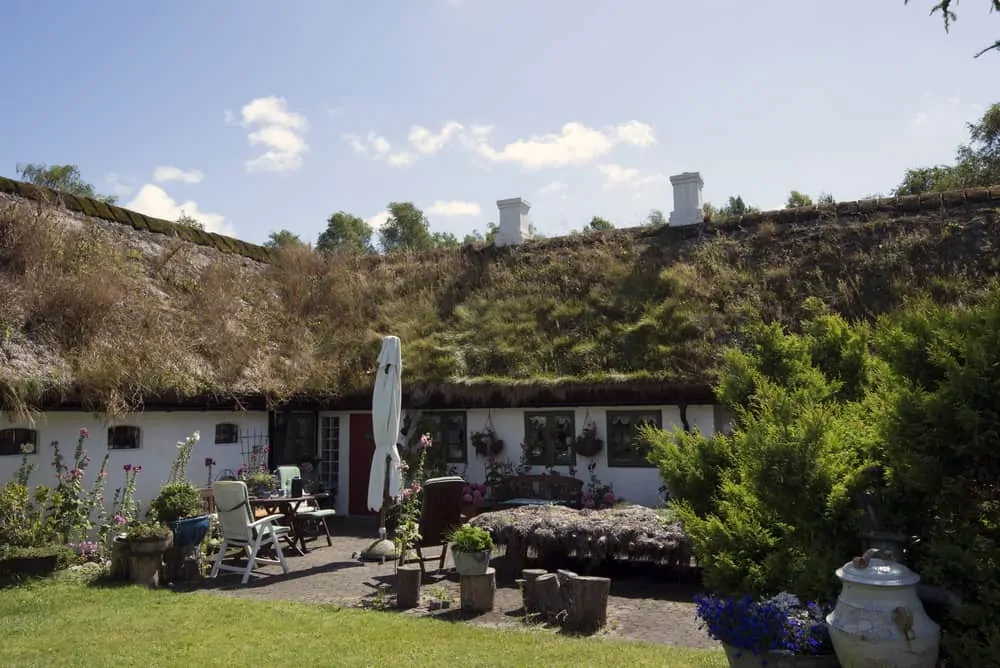
Vernacular architecture represents the identity and history of this part of Denmark. Linked to these roofs are the stories of the locals, of sailors and fishermen, of storms and whalers.
However, due to a fungal disease that attacked the island's algae in the early 1930s, maintaining the roofs became difficult.
Of the more than 250 structures, including houses and farms, built from reclaimed wood and seaweed, only 19 now remain.
 The recovery projects of seaweed roofs and vernacular architecture.
The recovery projects of seaweed roofs and vernacular architecture.
Various attempts are underway to save the buildings with their roofs made of seaweed. Although it is now more difficult to find the raw material on the island's beaches due to changing sea currents, a recovery project based on the 'Seaweed Bank' has begun.
The aim is to find, import and process seaweed to restore the roofs of houses. In addition to promoting the local economy, the initiative aims to revive an ancient construction technique characteristic of the area.
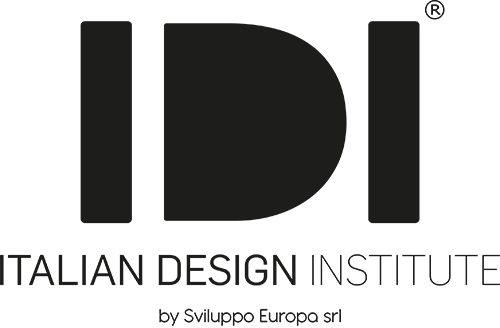
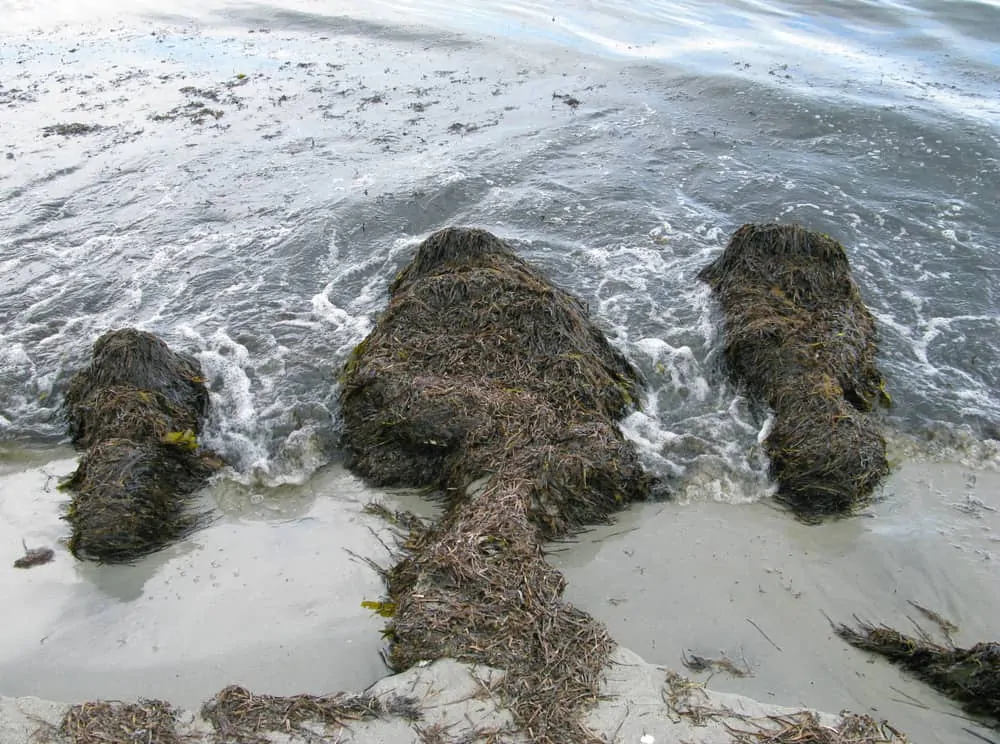
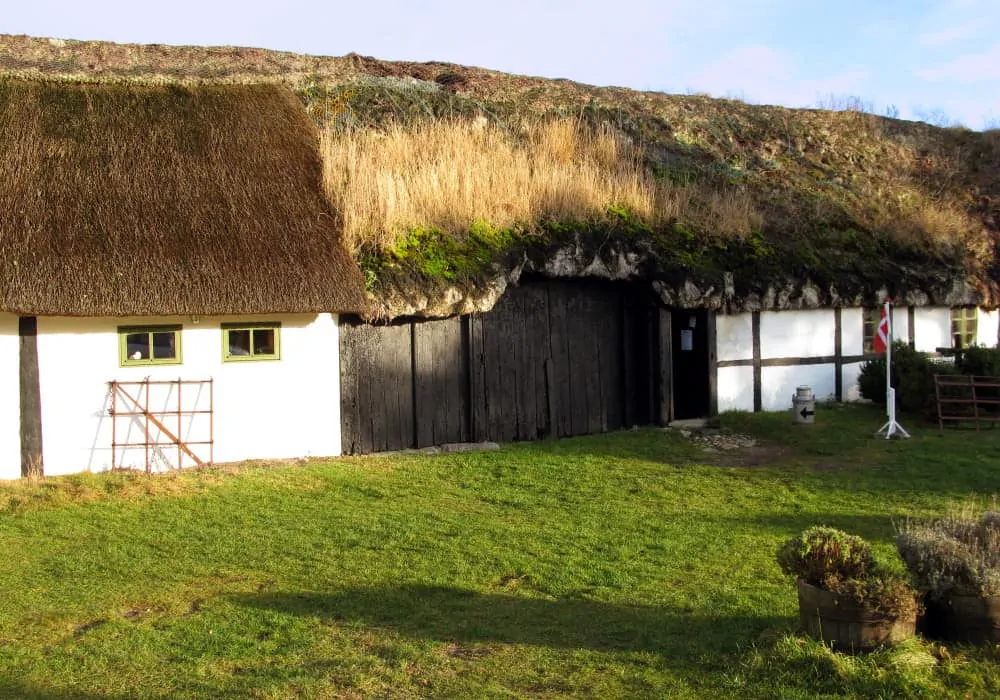
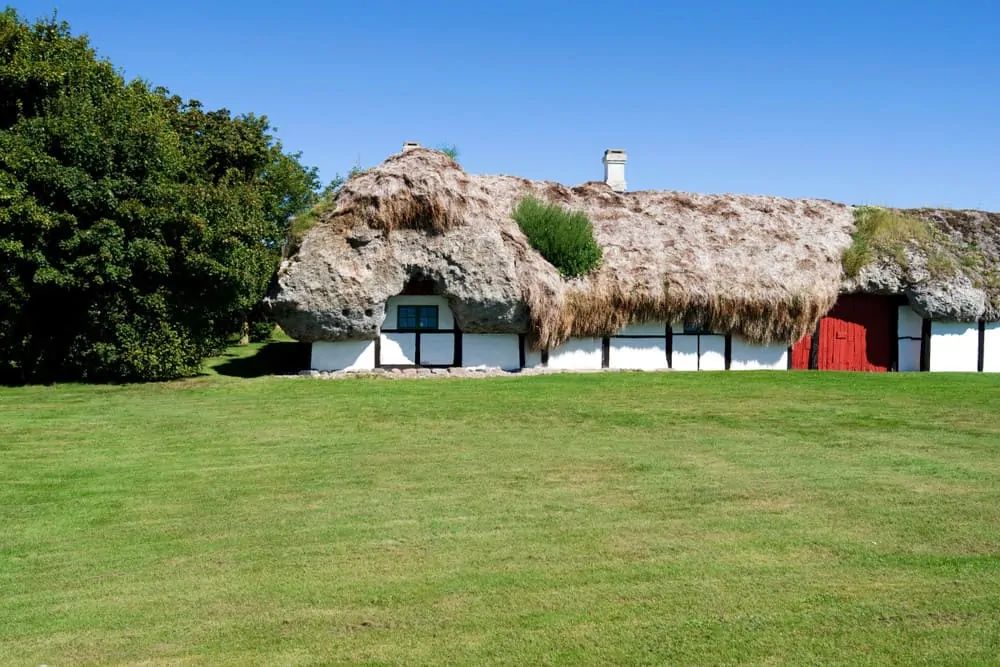 The recovery projects of seaweed roofs and vernacular architecture.
The recovery projects of seaweed roofs and vernacular architecture.